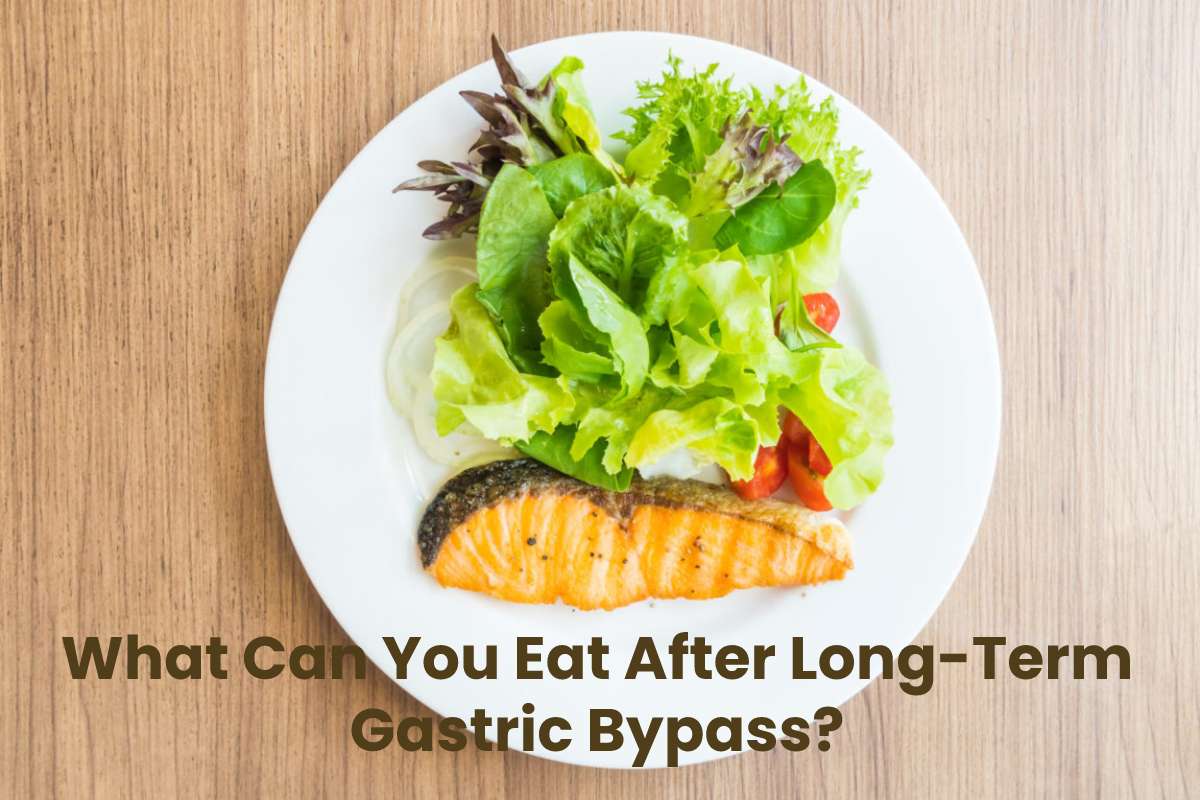Long-Term Gastric Bypass
Gastric bypass surgeries are meant for people with class 2 diabetes, with a body mass index of over 35. The person also needs to be over a hundred pounds overweight such that their weight poses a critical risk to their life.
All bariatric surgeries are meant to be a last resort when lifestyle and diet changes don’t seem to have any effect on the person’s health. There are also several other reasons to get a gastric bypass done; it reduces the chances of many life-threatening problems like cardiovascular diseases, stroke, cancer, infertility, high cholesterol, gastroesophageal reflux disease, and more. You can also learn about some of the long-term diet after gastric bypass surgery recipes
Table of Contents
What Happens During The Surgery?
There are two steps to this procedure; in the first one, the stomach is made smaller by stapling a part of your stomach to divide it into an upper and lower region. The top section, also known as a pouch, is where the food you eat will go; this is an extremely small pouch, usually the size of a walnut, and can only hold about twenty-eight grams of food at once. Due to this anatomical change, a person can only eat small amounts of food.
The bypass is the second part of this surgery, during which a part of the small intestine is connected to the previously made pouch. Allowing the food to pass into the small intestine from the new opening reduces the number of calories absorbed by the body.
There are two ways a gastric bypass can be performed; the first is where a large incision is made on the stomach, and the bypass work is done on your internal organs. The other way is laparoscopy, where the surgeon completes four to six small incisions on the stomach. The laparoscopy is inserted to see inside the stomach and the instruments needed to perform the surgery.
Laparoscopy is often preferred as it is much less invasive, results in smaller scars and causes less pain to the patient. The entire surgery usually takes about two to four hours from start to finish.
What Happens After The Surgery?
After the surgery, a patient can expect a recovery period of approximately three to five weeks. However, this depends entirely on the type of surgery performed, whether laparoscopic or open. Open surgeries result in large incisions that take much longer to heal than laparoscopic ones.
After the surgery, the body also loses its ability to absorb nutrients like iron, vitamin B12, folate, calcium, and vitamin D, all of which are necessary for maintaining optimal bodily functions. This means that a person will need to consume supplements to make up for the lack of the following vitamins and nutrients that their bodies won’t be able to absorb from regular foods.
What To Eat Before The Surgery?
A patient’s pre-op diet should mainly consist of high-protein low calorie foods that are easy on their stomachs and can be digested easily. Protein is necessary as it protects muscle tissue and promotes burning fat instead of muscle for energy.
A couple of days before the surgery, a patient’s diet will mainly consist of liquid foods. However, the doctor may also allow them to eat solid foods like soft-boiled eggs, watery cereal, etc.
Right before the surgery, the anesthesiologist needs to be consulted to know what a patient can and cannot have before the surgery. Some patients may be prescribed carbohydrate-rich fluids a couple of hours before the operation.
Post-op Diet Stages
After the surgery, a patient’s diet consists of several stages and progresses over time. This is because a couple of days or weeks after the surgery, a person may only be able to consume liquids as their bodies are still adjusting to the surgery.
During the liquid diet stage, the main focus is on the procedure’s healing aspect to avoid any complications like ulcers. The stomach mustn’t expand or stretch too much to heal properly. After the stomach has healed properly, the person can move on to other liquids like decaffeinated coffee and teas, skimmed milk, natural freshly squeezed juices without sugar, ice pop without sugar, clear soups and broths, etc.
After the liquid diet stage comes the pureed diet. This is stage two, consisting of vegetables pureed with a thick consistency. Another important tip is not to use spicy seasoning as it may irritate the stomach lining, causing nausea and vomiting. Avoid vegetables and fruits that have many seeds, like kiwis, and food that might be too fibrous, like broccoli and cauliflower, should also be avoided.
Some good examples of vegetables and fruits that can be pureed are summer squash, spinach, carrots, beans, yogurt, cottage cheese, eggs, bananas, apples, peaches, pineapples, pears, melons, and the list goes on. A person can also consume stage one baby foods which might be very convenient options as they are already pre-cooked and don’t require much effort to digest.
Stage three is when a person can start introducing soft foods into their diets. However, the doctor must make this decision, not the patient themselves. During this stage, they can eat soft-boiled eggs, ground meat, baked fish, canned fruits, etc. It’s also important to consume small portions of food and drink water only after thirty minutes of finishing a meal.
Conclusion
Long-Term Gastric Bypass – As mentioned above, the diet after a gastric bypass surgery contains many stages that must be followed diligently so that the stomach can heal properly. After staying on the soft-foods diet for a couple of weeks, solid food can now be introduced into the diet. This usually takes about two months but can vary from person to person.
Another good tip to follow is that, since the stomach is much smaller than before, the food needs to be chewed properly before swallowing, and the portions should remain small. A patient might vomit because they do not know how much food they can consume yet. This is to be expected and is considered normal.


